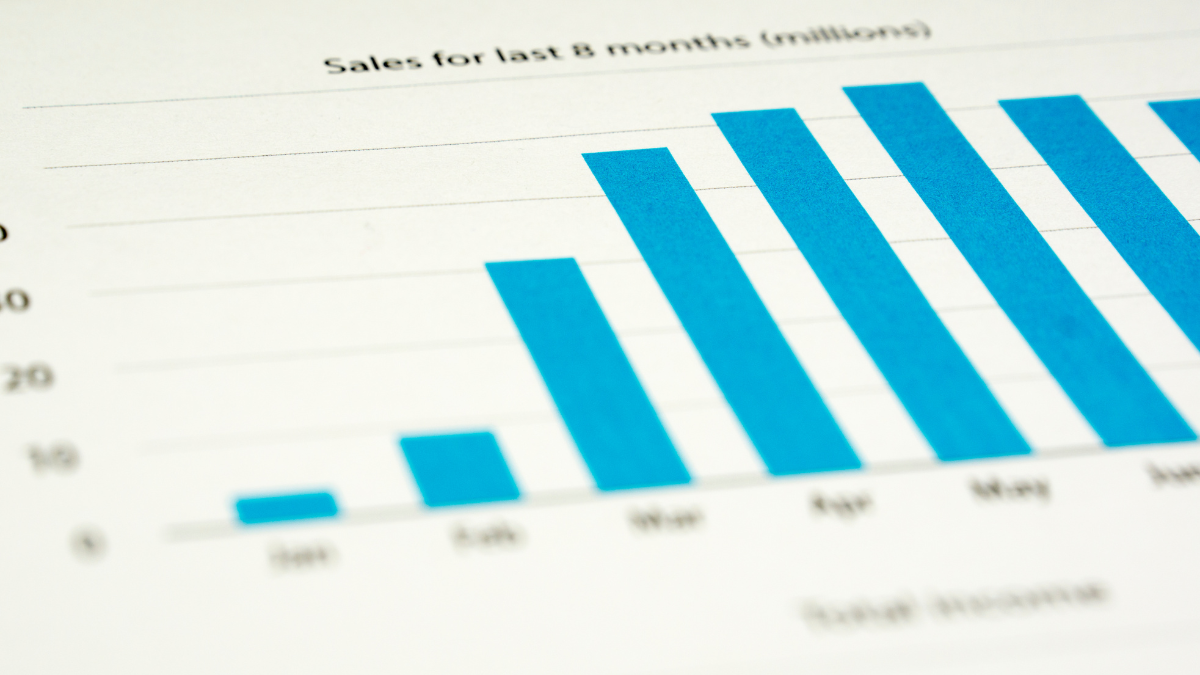When you run a small business, it is easy to get wrapped up in the day-to-day concerns at the expense of the big picture for your business.
Key Takeaways You Will Get From This Article
1. Your operating margin measures how much profit you make on a dollar of sales after paying for variable production costs, like wages and raw materials, but before paying interest or tax.
2. There is accounting software available that can help you calculate your operating margin. If you don't have this software, you can calculate it yourself with this formula:
3. Operating Income ÷ Total Revenue = Operating Margin
4. Knowing your operating margins is critical for day-to-day operations and planning long-term investment opportunities.
Part of that big picture is knowing your operating margin.
Many small business owners generally know whether or not they are making a profit, but are they really on top of their income, expenses, and cash flow?
Business owners need insight into how financially stable their business is, and that includes knowing their operating margin.
Understanding this metric will help you determine how to increase profitability and stability by lowering operating expenses. Let's take a look at what an operating margin is and how to calculate it.
Table of Contents:
What is an Operating Margin?
Your operating margin measures how much profit you make on a dollar of sales after paying for variable production costs, like wages and raw materials, but before paying interest or tax.
Your operating margin is expressed as a percentage.
It shows how much earnings from core business operations are generated from every $1 in sales after accounting for direct costs involved in generating those revenues.
You calculate your operation margin by dividing your business operating income by its net sales.
Higher ratios are typically better. A higher ratio shows that your business is efficient in its operations and is good at turning sales into profits.
Larger margins mean that more of every dollar in sales is kept as profit, which indicates stronger financial health for your business.
Here are a few quick facts about operating margins:
- Your operating margin represents how efficiently you generate profit through your core operations.
- It is expressed on a per-sale basis after accounting for variable costs but before paying interest or taxes.
- Higher margins are considered better than lower margins. You can compare margins between competitors in the same industry.
- Divide operating income (earnings) by sales (revenues) to calculate your operating margin.
How to Calculate Operating Margin

There is accounting software available that can help you calculate your operating margin.
If you don't have this software, you can calculate it yourself with this formula:
Operating Income ÷ Total Revenue = Operating Margin
Here's a quick breakdown of that accounting calculation to help you determine your operating margin.
Calculate Your Cost of Goods Sold
Your cost of goods sold (COGS) is your fixed costs and administrative costs that go into the products you sell.
This is true whether you buy them already made or manufacture them yourself.
Let's say you sell headbands. The costs involved per headband include:
- Materials – $4
- Labor – $2
- Overhead costs – $1
- Shipping – $2
So your cost of goods sold per headband is $9.
Calculate Your Selling, General, and Administrative Costs
Now that we know what's involved in making a headband, we need to calculate the operating costs that aren't explicitly tied to a product.
These costs include commercial real estate, utilities, marketing, and office equipment.
If you have accounting software, these costs will be a line item on your income statement (sG&A), so you probably won't have to calculate them manually.

Don't Forget Other Administrative Expenses and Fixed Costs
There are often other costs you haven't included yet that will be important when calculating your operating margin.
Things like research and development costs or fixed assets that undergo depreciation and amortization for tax purposes are important to remember.
Once you have calculated your COGS, SG&A, and other operating expenses, you can subtract these numbers from your total revenue to get your operating income.
After that, you'll plus those two numbers into the formula above to get your operating margin.
Let's assume your total revenue is $1 million, and your operating income is $250,000.
When you plug those numbers into the formula, you get:
250,000 ÷ 1,000,000 = .25
Your operating margin is .25.
To turn that into a percentage, multiply it by 100, and you have a 25% operating income ratio.
Is Operating Margin the Same as Profit Margin?
Operating margin is one of three widely used profit ratio metrics. The other financial metrics are gross margin and net profit margin.
Each metric provides a different perspective on a company's business.
The gross margin ratio is the ratio of gross profit to sales revenue. Gross profit is sales revenue minus COGS.
The gross margin tells you how profitable your business is after deducting the direct costs of production.
Operating margin takes into account operating expenses as well as COGS.
Your net profit margin is the ratio of net income to sales revenue.
Net income is your business's profit after deducting operating and non-operating costs, including interest and taxes.
Why Operating Margins Are Important For Small Businesses

Keeping an accurate, up-to-date picture of your small business's profitability from core operations is critical.
Knowing your operating margins is critical for day-to-day operations and planning long-term investment opportunities.
It's also essential if you ever want to involve investors or financial institutions.
Along with knowing other financial figures and profitability ratios well, knowing your business's operating margins is helpful when seeking financing tools.
Financial institutions use margin information to understand how you'll use the requested funds and to get a general sense of your business's financial health.
Operating margins are an important component in interpreting your business's financial wellness, but they aren't the only factor.
In addition to monitoring your operating margin, net profit margin, and gross margin, you should keep detailed financial statements and records to clearly understand your business's economic well-being.
These metrics can help you run your daily operations better and paint a clear picture of your inner financial workings for banks and investors.
Start Accepting a Variety of Payment Methods
A big part of having a good operating margin is optimizing your business. If your small business uses slow, outdated payment methods, it's time to upgrade.
Electronic Merchant Systems (EMS) can help if you're ready to upgrade.
EMS is a national payment processor offering small businesses streamlined payment processing solutions, like:
- Robust POS systems
- Mobile payment acceptance
- Gift & loyalty programs
- Streamlining the acceptance of all major credit and debit cards
- Saving money on your credit card rates and fees
If these benefits sound like they would help optimize your small business, click below to schedule a free consultation today.






